How to plant and care for Lawson Elwoodi's cypress outdoors
Planting Lawson Elwoodi cypress is usually straightforward for amateur gardeners, but caring for this evergreen shrub means knowing some of the plant's characteristics. The Cypress family includes 7 species of trees and shrubs, reaching 70 meters in height in nature. Cypress is often confused with cypress, but these are different plants. They can be distinguished by their branches - in the former they are smaller and look flatter. One of the species - Lawson's cypress - includes a huge number of varieties, including Elwoody, which, in turn, comes in several forms: Gold, Pidgemy, Snow White, Pillar.
How to plant Lawson Elwoodi cypress
The plants are distinguished by a beautiful conical crown and an unusual shade of needles. In their natural environment, they grow in the forests of North America and are able to grow up to 60-70 meters. When planted in central Russia, the shrub can only reach 2 meters in height. The cypress variety Lawson Elwoodi has a red-brown bark, and the ends of the shoots droop - as a result, an unusual crown can be formed. The branches are gray-green, the cones are small, bluish. It looks very decorative and is able to decorate any garden.
Advice
Planting in regions with a warm climate is carried out in loamy soil saturated with nutrients; in the north, it is advisable to use loose sandy soils, which will preserve the root system during severe frosts and facilitate plant care.
If several specimens are planted, the distance between them should be about 1 meter. Like other conifers, Lawson's cypress Elwoodi prefers acidic soil, with a pH of 4.5-5.5. This shrub is undemanding in the choice of location and will grow equally well both in the sun and in the shade. The only things to avoid when planting are low-lying areas where water and cold air stagnate. He tolerates transplants easily, quickly adapts to new conditions and practically does not get sick. Planting is carried out in compliance with one rule: the root collar does not deepen.
The pit is prepared in autumn so that the soil has time to settle. The value depends on the size of the root system, you need to dig it a little more than an earthen ball with roots. A mixture of peat, leaf and turf soil is placed on the bottom of the pit, fertilizers and minerals are added, broken brick, crushed stone, expanded clay or pebbles are used as drainage. The drainage layer should be thick to keep the plant from rotting. The surface is mulched to retain moisture.
Lawson's cypress Elwoodi is planted in the spring, usually at the end of April, when the threat of frost has passed, and the earth warms up, after which it is watered abundantly and shaded from direct sunlight for the first time. It is advisable to spray the needles regularly until the bush takes root. This ephedra loves abundant watering, therefore even the top layer of the soil should not dry out. This plant will not tolerate stagnant water, therefore, you need to be careful when watering, trying not to turn the soil around into a swamp. To prevent the soil from drying out, the trunk circle is mulched with sawdust, foliage and peat chips.
Lawson Elwoodi Cypress Care
Caring for Lawson Elwoodi's cypress tree does not present any particular problems. Planting in a permanent place occurs in the fall, before the first frost. At the same time, sanitary pruning is carried out, dried branches are removed, you can give the crown the desired shape, otherwise uneven branches will reduce the decorative effect of the plant.Slices and wounds must be processed so that they do not get infected. In the fall, a wire structure is pulled over the cypress to regulate the growth of new shoots.
Young seedlings will need shelter for the winter, usually a fabric cover is used for this. Adult plants are quite frost-resistant. But in the 3rd and 4th climatic zones there is a danger of freezing: the bushes are covered with special materials, snow, spruce branches and peat chips. Caring for young plants includes regular fertilization. You need to fertilize the bushes only during the first years of life, until they build up a strong root system and begin to extract nutrients on their own.
The seedlings are fed from spring, when the snow cover melts, once every 2 weeks, until mid-summer. To do this, use special mineral fertilizers for conifers. It is not necessary to increase the dose recommended on the package, this can not only cause burns to the roots, but also provoke various diseases. The soil should not dry out, therefore it is important to organize regular watering and care of the crown, which consists in spraying it from a spray bottle once a week. Adult plants can tolerate a little overdrying, but if young seedlings are neglected, this can lead to sad consequences.
Cypress can be attacked by pests such as spider mites, scale insects. Often, with excessive moisture, the plants develop fungal infections: root rot and brown shute, in which the needles become brownish and dry out. To control pests, special solutions of chemicals should be used, spraying them until the insects die. Fungal diseases can be cured by using fungicides. Proper care is also important. With root rot, the cypress can only be saved by transplanting, with the removal of the affected part of the root system and treatment in a fungicide.
Reproduction of cypress Lawson Elwoodi
There are several ways to propagate Lawson Elwoodi's cypress:
- using layering;
- seeds;
- by cuttings.
In the latter case, shoots up to 12 cm long are cut from the bush and rooted in open ground in greenhouse conditions. A greenhouse can be made from a plastic bottle - this makes it easier to ventilate the cuttings. Care consists in maintaining the same temperature and regular watering, it does not stop until new green shoots appear.
By layering, Lawson's cypress Elwoodi is propagated as follows: the lower shoots are bent to the ground, fixed with brackets, and the fracture is treated with root formation stimulants. When the root system of a young plant is sufficiently developed, it is cut from the mother liquor. This usually happens after about a year. Planting and further care of the cuttings are the same as for ordinary seedlings. It is not necessary to install greenhouses with this method.
Cypress trees can be propagated by seed, but for this they must undergo cold stratification - in the open field or in the vegetable section of the refrigerator. The planting material of this ephedra does not lose germination for 15 years, but varietal characteristics are usually not transmitted with this method of reproduction. Planting seeds is carried out in a container with light soil, if you plan to grow seedlings at home, or directly into the soil.
Planting seeds in the ground is carried out in the middle of autumn. If the gardener prefers to plant seedlings in boxes, they are dropped into the snow until spring. Seedlings germinate at a temperature of +23 ºC, they are placed in a bright place where there is no direct sunlight, for example, in a greenhouse. Seedling care is regular watering, picking and hardening. After young plants are planted in the ground and hibernate there under cover.
Output
Caring for Lavson Elwoodi's cypress tree is quite simple.This shrub will delight its owners for a long time, if you choose the right place for its planting: you can choose a shady corner of the garden or place the ephedra in the sun, the main thing is to find a place without stagnation of cold air and moisture, and put a thick drainage layer on the bottom of the pit. The soil should be acidic.
Young plants need regular abundant watering - the near-stem circle should not dry out. An important part of caring for seedlings in the first years of life is regular feeding. In spring, formative and sanitary pruning is carried out in order to preserve the decorative appearance of the crown. For the winter, young cypress trees are sheltered. Plants are propagated by seeds, layering, cuttings. Since in the first case varietal characteristics are not preserved, the second and third are especially popular.
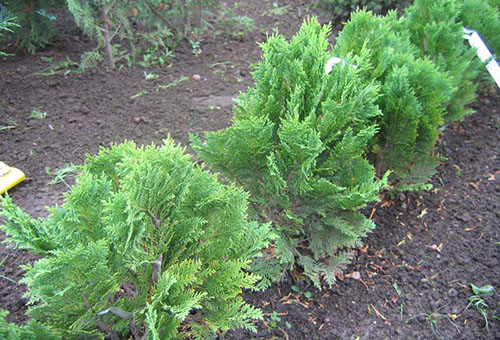
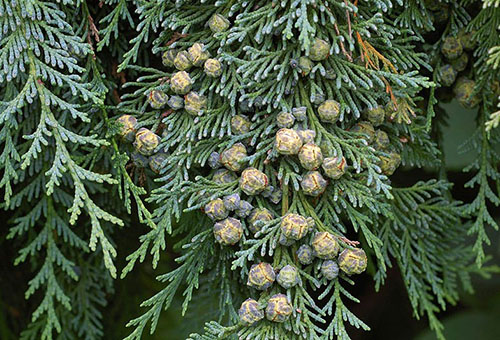
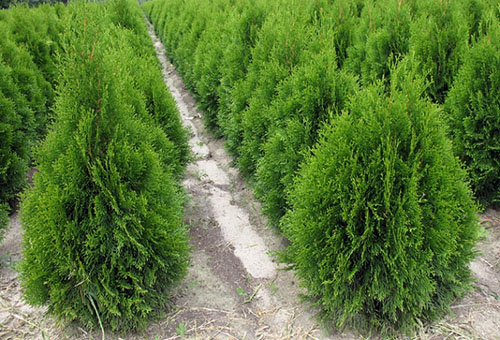
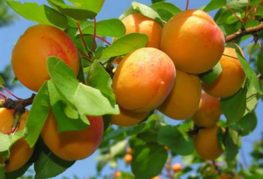
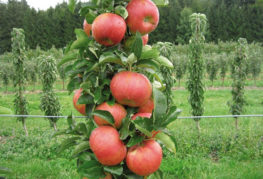
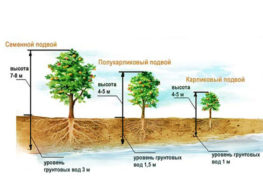
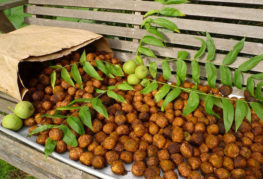
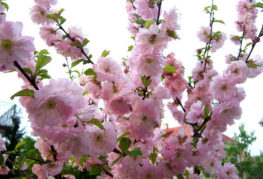
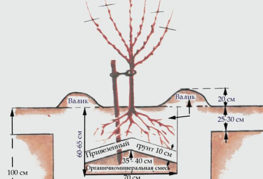
and will be published shortly.